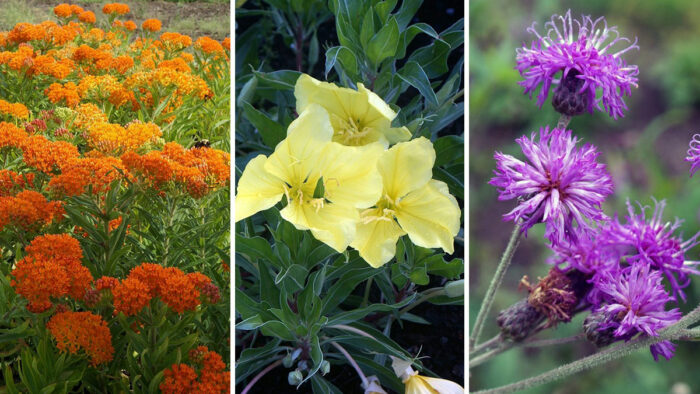
If only every garden was blessed with free-draining, loamy soil with the perfect pH and balance of nutrients. Life would be so easy and the choice of plants gloriously abundant. Sadly, most of us can only dream of or endlessly toil for this reality. I think in over 30 years of gardening, only a handful of properties have gifted my designs with near-perfect conditions. Every site seems to have at least one or more areas with poor soil. But thanks to tough and adaptable plants, not all is lost. There are numerous plants able to handle these conditions, the best ones being natives.
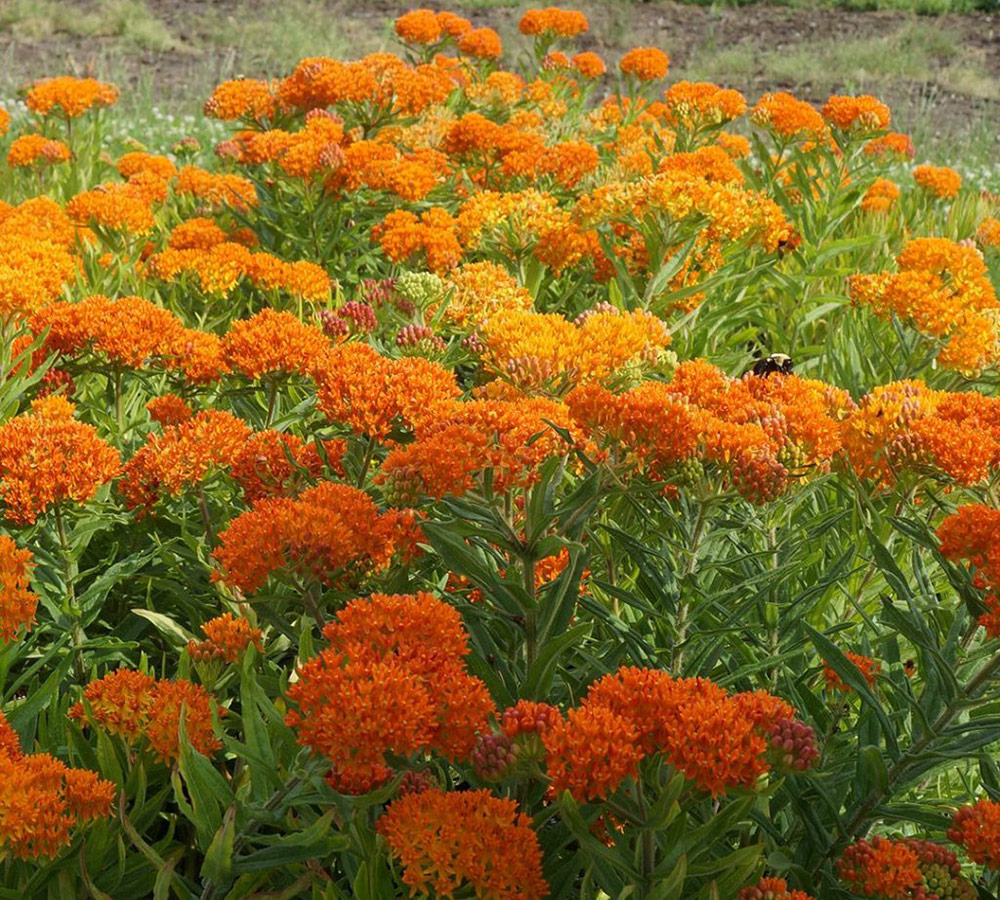
Butterfly milkweed (Butterflyweed)
Asclepias tuberosa, Zones 3–9
Like a glowing sunset, butterflyweed attracts hummingbirds and butterflies with its bright orange fragrant flowers in the later months of summer. Distinctive seedpods appear after the blooms are spent. Slow to start, and coming up late in the spring, butterflyweed will reach a height of 24 to 36 inches and a spread of 18 to 24 inches. A Zone 3–9 plant with a taproot, it does not appreciate being moved or divided. Start with seeds or small plants from a nursery. Growing naturally in mesic and dry prairies, butterflyweed is at home in poor soils, the edges of acreages, and roadsides. It is attractive to wildlife and pollinators (favored by monarch larvae), but it is not bothered by deer or rabbits. Once established, Asclepias forms a sturdy, long-lived clump. Planted in masses, it creates a stunning display of both texture and color.
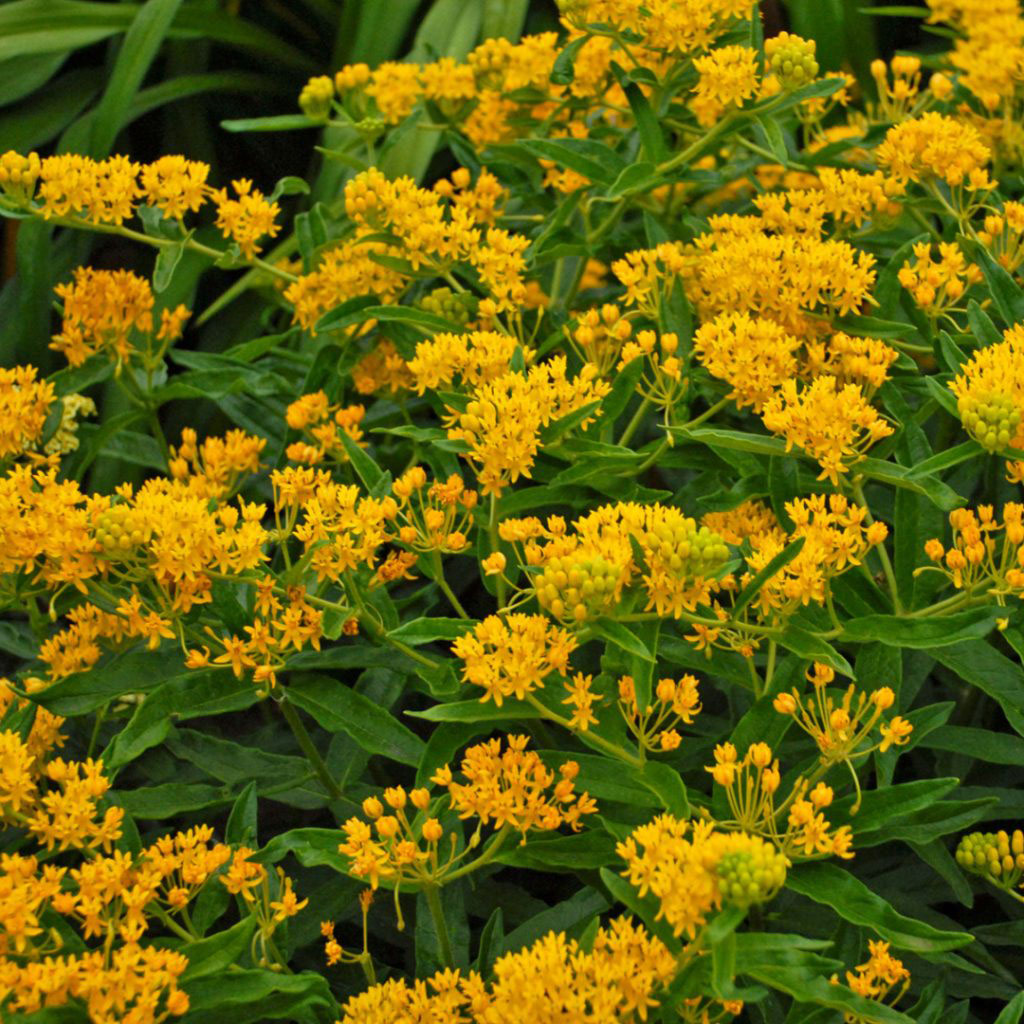
Cultivars to consider: Asclepias tuberosa ‘Hello Yellow’ is shorter with golden flowers growing 18 to 24 inches high and wide. Asclepias tuberosa ‘Gay Butterflies’ is the standard height with vibrant orange flowers, yellow centers, and rich red overtones.
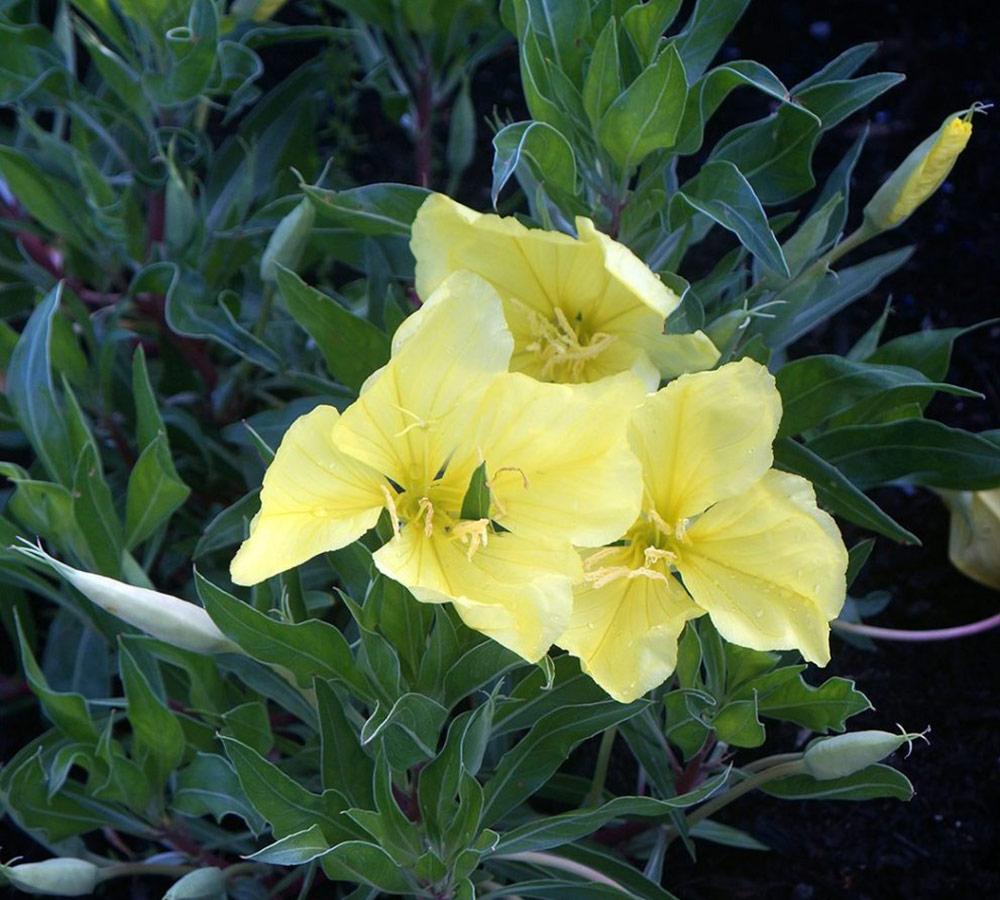
Missouri primrose
Oenothera macrocarpa, Zones 3–8
Fragrant, low, and blooming late in the day to early the following morning, Missouri primrose is a peculiar little plant. Fleshy leaves and deep taproots that form a massive tuber contribute to its extreme drought resistance and tolerance of poor soils. With a prolonged period of bloom, the large flowers in shades of yellow, pink, and white are prominently displayed. A perennial best shown in mass plantings, it attracts butterflies and moths. Resistant to deer and rabbits, it is native to the United States.
Several cultivars are worth trying if you want to add something special to your garden. Fremont’s primrose (O. macrocarpa. subsp. fremontii), the 2016 GreatPlants for the Great Plains perennial of the year, grows 10 inches tall and 18 inches wide and has leaves narrower than the species with large lemon-yellow flowers. Silver Blade® evening primrose (O. macrocarpa subsp. incana) is 6 to 10 inches tall and 15 to 18 inches wide with silvery blue leaves and enormous light-yellow blooms from May until frost. O. macrocarpa ‘Comanche Campfire’, a 2001 GreatPlants introduction, grows 2 to 15 inches tall and 18 to 24 inches wide with ruby red stems, shiny silver leaves, and large yellow flowers until frost.
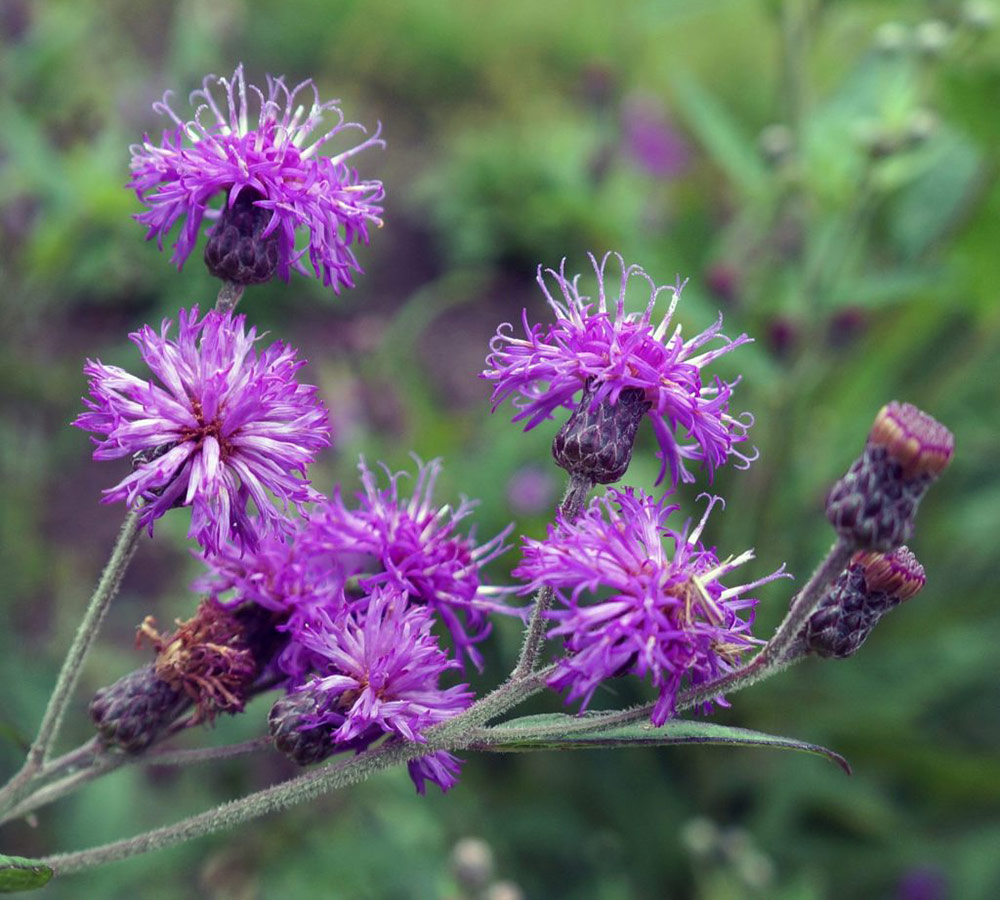
Common ironweed
Vernonia fasciculata, Zones 3–7
A fibrous root system and upright stems tough as iron make common ironweed a choice plant for landscapes with difficult soils. Vibrant compound purple flowers attract a variety of pollinators in late summer. The fluffy seed heads provide interest for the late season and a food source for wildlife. While self-seeding can become a problem, this can be controlled by snipping flower heads before they set seed. If planting ironweed in mesic or wet prairies or any space where you wish to see it multiply, just leave it unpruned and it will happily grow into a larger colony of plants 36 to 48 inches tall. Each individual plant can be expected to grow 24 to 36 inches wide.
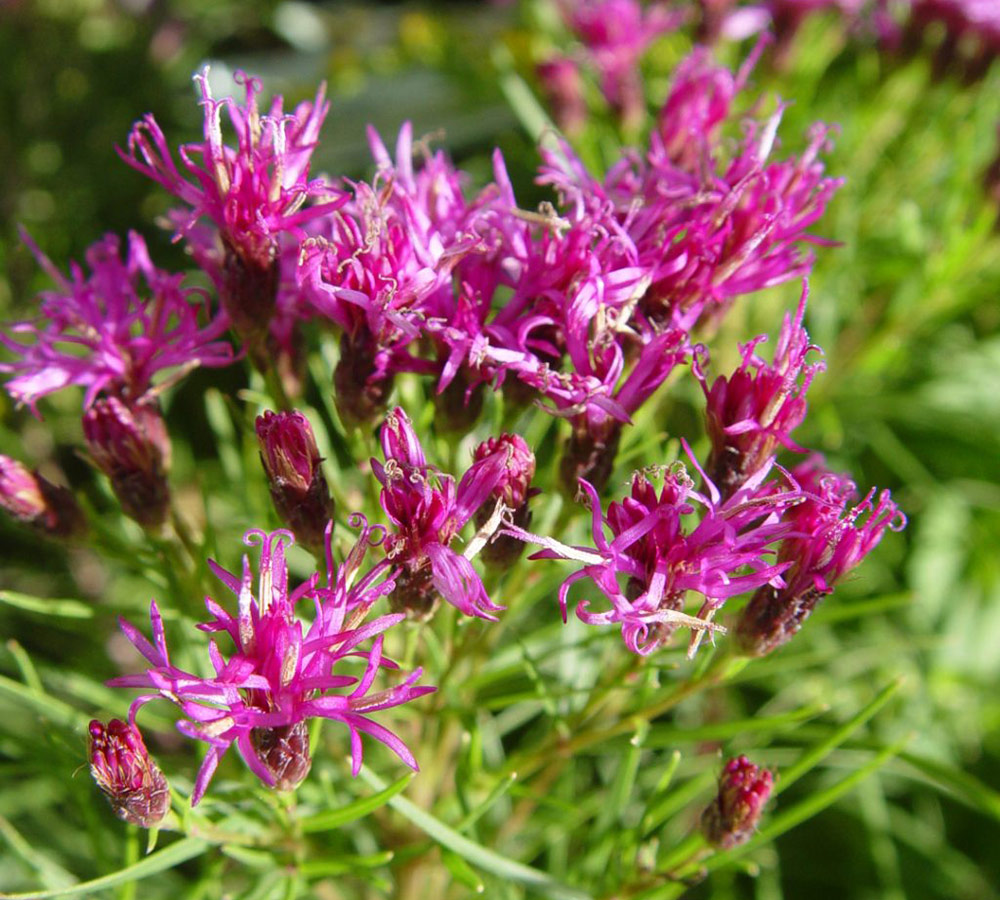
For smaller spaces, ‘Iron Butterfly’ narrowleaf ironweed (Vernonia lettermannii ‘Iron Butterfly’) is a dwarf cultivar with fine foliage blooming in September and October. Growing only 24 to 36 inches tall and wide, it is a xeric plant well suited to rock gardens. Both ironweeds are resistant to grazing by deer and rabbits. In spring cut back the plants, pinching back the stems as they grow to thicken the structure and avoid staking.
Plants such as these demonstrate that poor soil in the garden shouldn’t prevent you from creating displays filled with color, height, and interest. These are just a few options. Explore the many plants native to the Midwest to discover more.
More on Midwest native plants:
- 3 Hardy Native Sedges You Should Grow
- Heat-Tolerant Native Perennials for the Midwest
- Tough, Hardy Native Perennials for the Midwest
And for more Midwest regional reports, click here.
—Marti Neely, FAPLD, owns and operates Marti Neely Design and Associates in Omaha, Nebraska.
Photos: Midwest Groundcovers
Fine Gardening Recommended Products
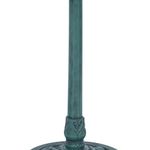
Alpine Corporation 28" Tall Outdoor Birdbath with Scrollwork Decoration Yard Statue
Fine Gardening receives a commission for items purchased through links on this site, including Amazon Associates and other affiliate advertising programs.

The Nature of Oaks: The Rich Ecology of Our Most Essential Native Trees
Fine Gardening receives a commission for items purchased through links on this site, including Amazon Associates and other affiliate advertising programs.

A.M. Leonard Deluxe Soil Knife & Leather Sheath Combo
Fine Gardening receives a commission for items purchased through links on this site, including Amazon Associates and other affiliate advertising programs.



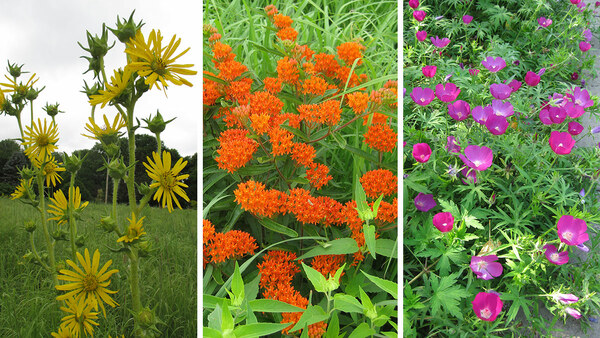
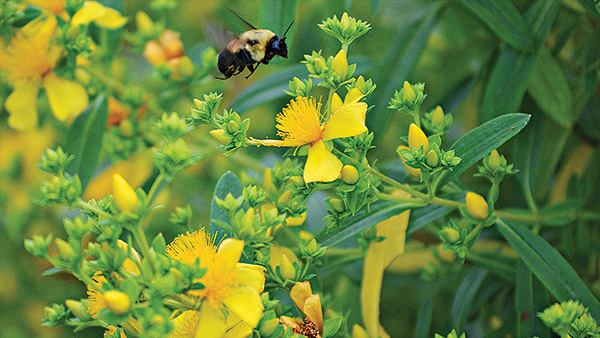
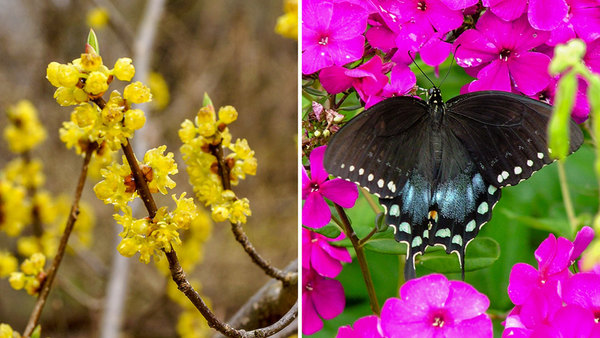













Comments
Log in or create an account to post a comment.
Sign up Log in